Canadian Foreign Affairs Minister Chrystia Freeland published a joint statement with US Trade Representative Robert Lighthizer. On reaching a trilateral trade deal together with Mexico. The new agreement is no longer called NAFTA but the United States-Mexico-Canada Agreement (USMCA).
No formal details on the agreement are released yet. But it’s reported that the deal include increased access on Canada’s dairy marke and the so called Class 7 milk system would be eliminated. The deal would encourage more auto production in the US. There is no substantial change in the chapter 19 dispute resolution mechanism. If the US impose auto tariffs, both Mexcio and Canada will be accomodated in “side letters”. But the deal doesn’t affect the current steel and alumnium tariffs imposed.
Below is the full joint statement.
Joint Statement from United States Trade Representative Robert Lighthizer and Canadian Foreign Affairs Minister Chrystia Freeland
“Today, Canada and the United States reached an agreement, alongside Mexico, on a new, modernized trade agreement for the 21st Century: the United States-Mexico-Canada Agreement (USMCA). USMCA will give our workers, farmers, ranchers, and businesses a high-standard trade agreement that will result in freer markets, fairer trade and robust economic growth in our region. It will strengthen the middle class, and create good, well-paying jobs and new opportunities for the nearly half billion people who call North America home.
“We look forward to further deepening our close economic ties when this new agreement enters into force.
“We would like to thank Mexican Economy Secretary Ildefonso Guajardo for his close collaboration over the past 13 months.”




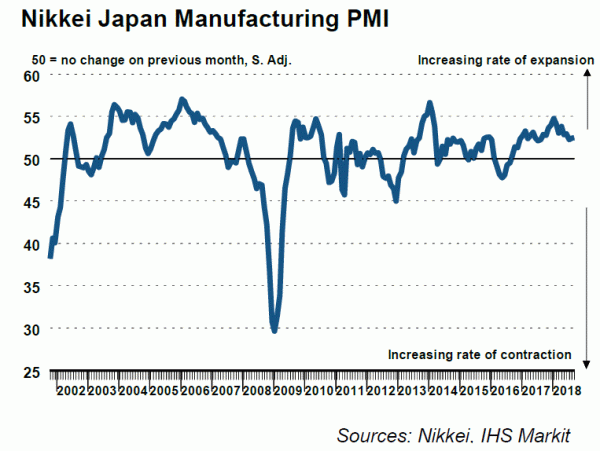
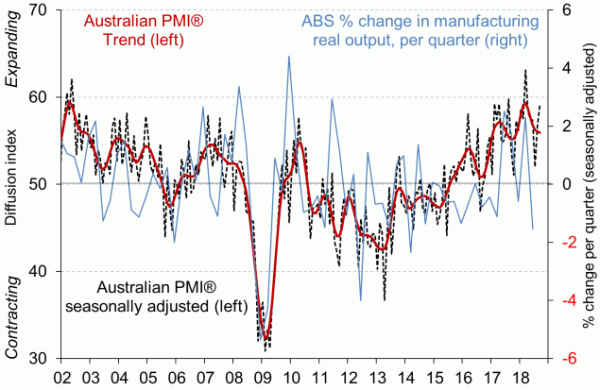
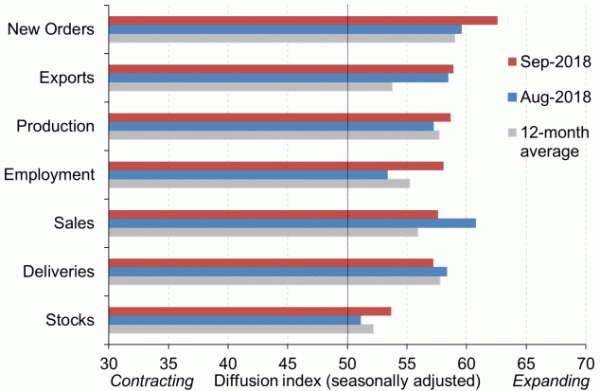
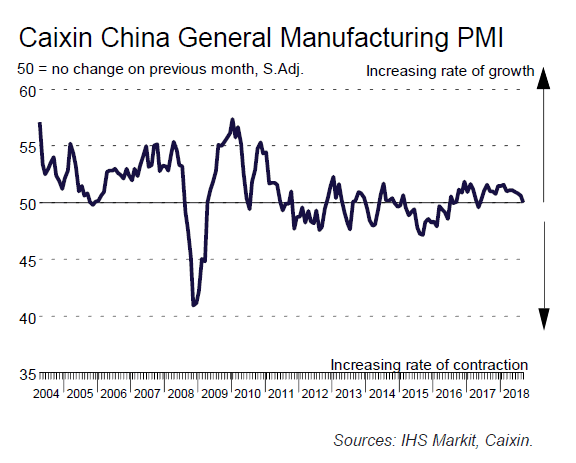
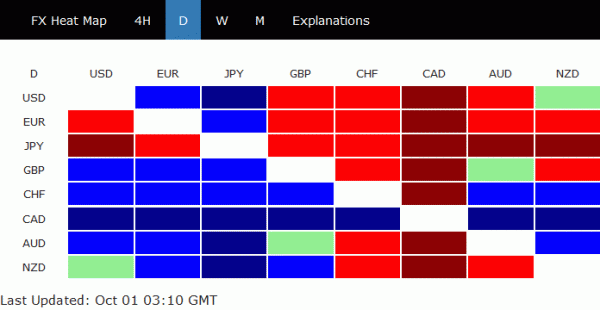
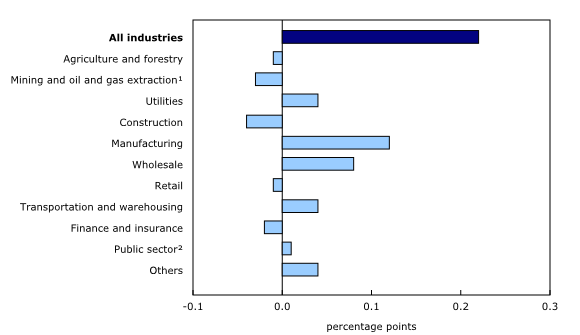
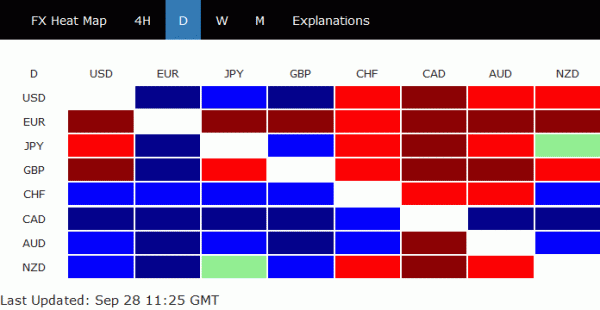
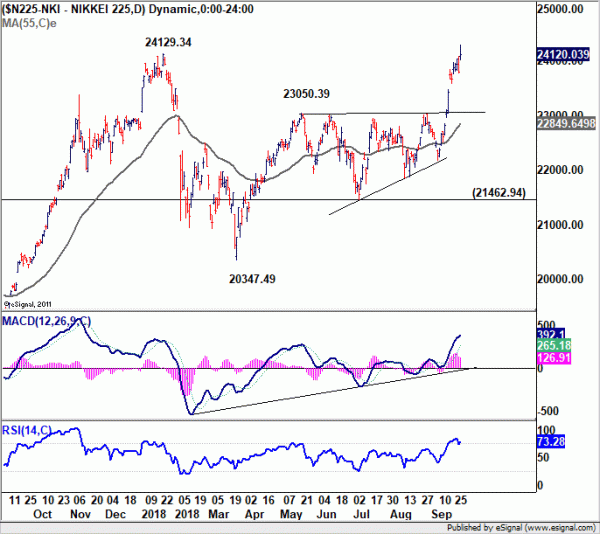
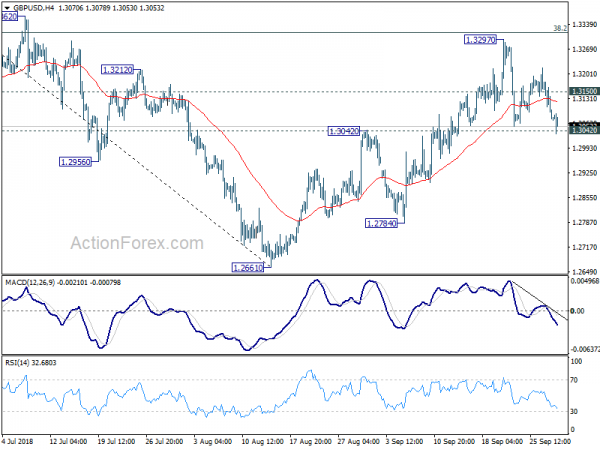
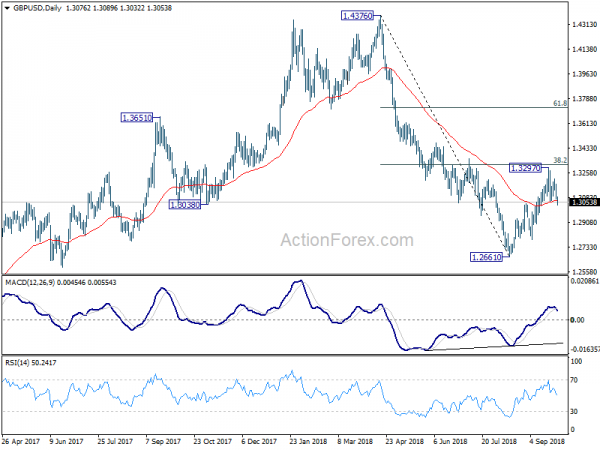
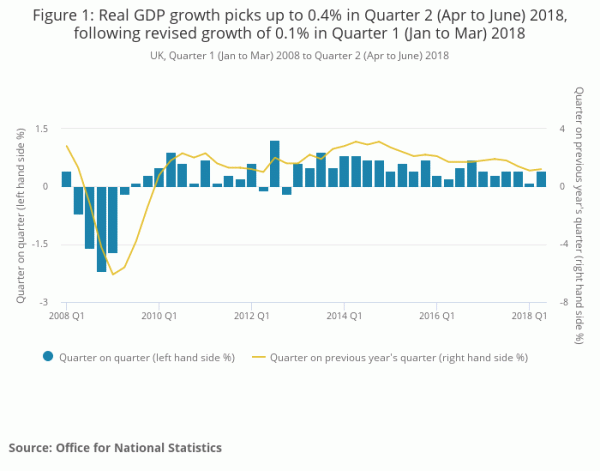
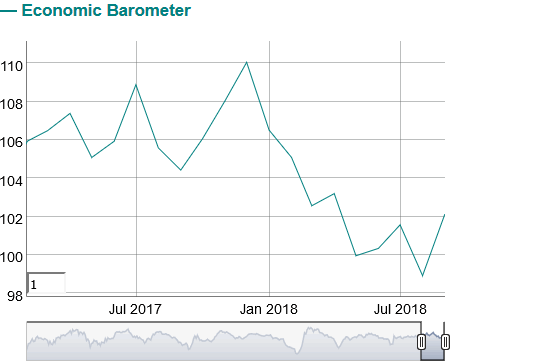

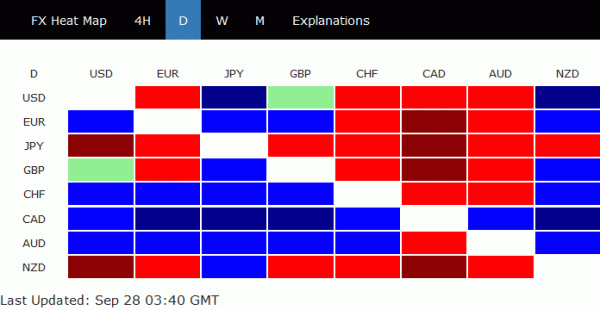
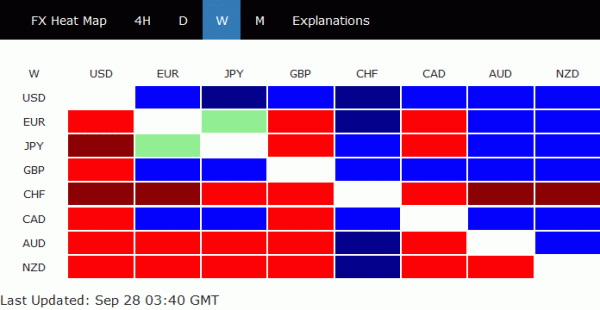

NAFTA renamed USMCA, formally announced
Canadian Foreign Affairs Minister Chrystia Freeland published a joint statement with US Trade Representative Robert Lighthizer. On reaching a trilateral trade deal together with Mexico. The new agreement is no longer called NAFTA but the United States-Mexico-Canada Agreement (USMCA).
No formal details on the agreement are released yet. But it’s reported that the deal include increased access on Canada’s dairy marke and the so called Class 7 milk system would be eliminated. The deal would encourage more auto production in the US. There is no substantial change in the chapter 19 dispute resolution mechanism. If the US impose auto tariffs, both Mexcio and Canada will be accomodated in “side letters”. But the deal doesn’t affect the current steel and alumnium tariffs imposed.
Below is the full joint statement.
Joint Statement from United States Trade Representative Robert Lighthizer and Canadian Foreign Affairs Minister Chrystia Freeland
“Today, Canada and the United States reached an agreement, alongside Mexico, on a new, modernized trade agreement for the 21st Century: the United States-Mexico-Canada Agreement (USMCA). USMCA will give our workers, farmers, ranchers, and businesses a high-standard trade agreement that will result in freer markets, fairer trade and robust economic growth in our region. It will strengthen the middle class, and create good, well-paying jobs and new opportunities for the nearly half billion people who call North America home.
“We look forward to further deepening our close economic ties when this new agreement enters into force.
“We would like to thank Mexican Economy Secretary Ildefonso Guajardo for his close collaboration over the past 13 months.”